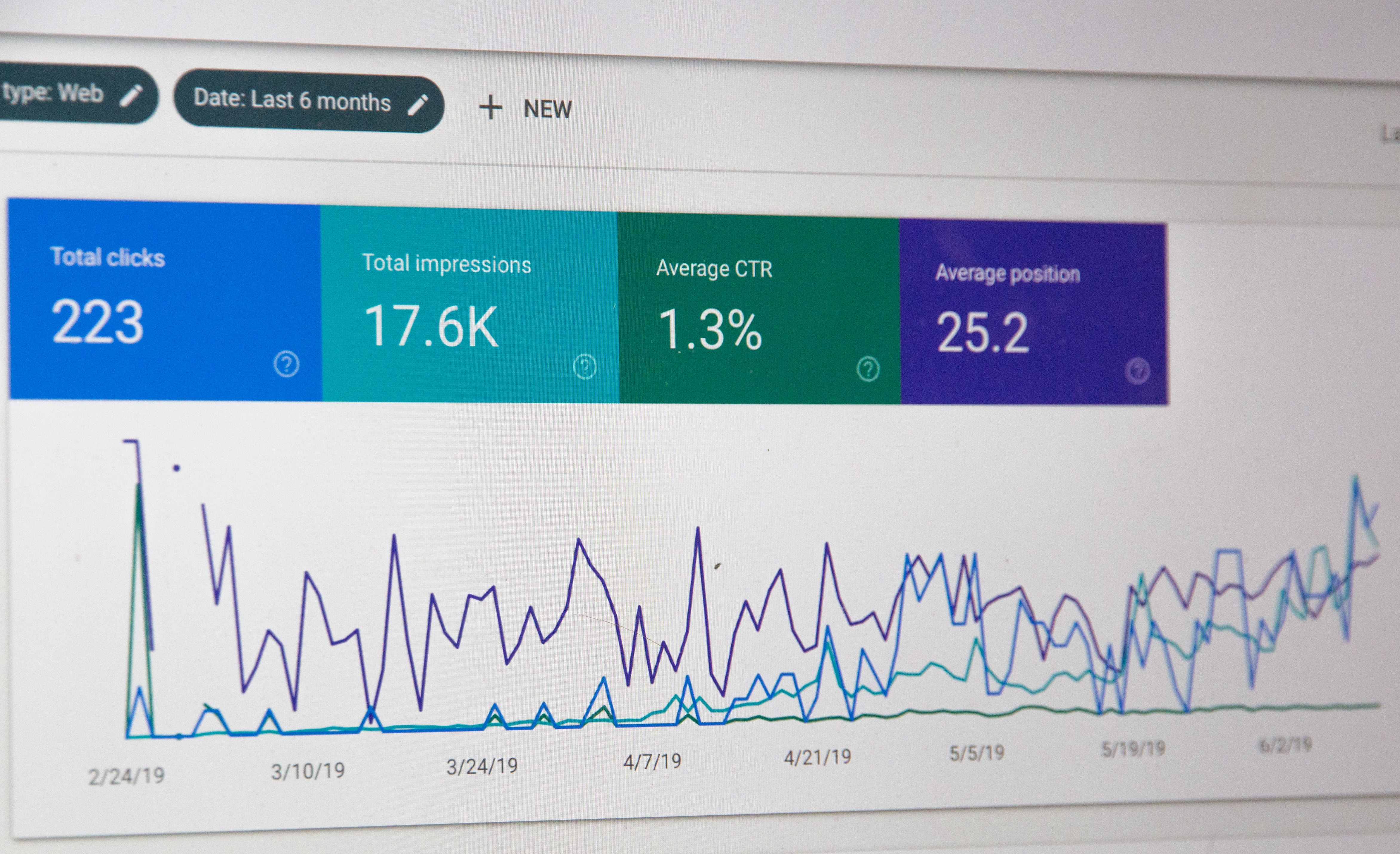In the ever-evolving landscape of digital marketing, understanding user intent has become paramount. Gone are the days when keyword stuffing and generic content could drive traffic and conversions. Today, consumers demand personalized, relevant, and valuable experiences. To meet these expectations, marketers must delve deep into user intent to tailor their strategies effectively.
In this comprehensive guide, we will explore what user intent is, why it matters, and how you can leverage it to drive success in your marketing campaigns.
Defining User Intent
User intent, also known as search intent, refers to the reason behind a user's online search query. It goes beyond the keywords themselves and delves into the user's motivations, needs, and goals when performing a search. Did you know, 68% of online experiences begin with a search engine? Therefore, recognizing the different types of user intent can help tailor your marketing efforts to meet users' expectations effectively.
Here are the four primary categories of user intent:
- Informational Intent: This is when users seek information or answers to questions.
- Example query: "How does SEO improve website visibility?"
- Navigational Intent: This is when users aim to visit a specific website or page.
- Example query: "Facebook login page."
- Transactional Intent: This is when users intend to engage in a specific action, such as making a purchase.
- Example query: "Buy B2B marketing software."
- Commercial Investigation Intent: Users are researching products or services with the intention of making a purchase in the future.
- Example query: "Best social media scheduling tool for B2B companies."
The Role of Keywords

Keywords act as a bridge between user intent and your content. Conduct thorough keyword research to identify the phrases users are using to express their intent. More on this later.
The Search Intent Funnel
Understanding the nuances of user intent within the context of the search intent funnel is pivotal for crafting a well-rounded content strategy that speaks directly to your target audience:
Awareness Stage: At the awareness stage, users have identified a problem or need but are not yet committed to a specific solution. Their intent revolves around seeking information and understanding the issue better. To create content that resonates at this stage, focus on providing educational and informative resources.
Consideration Stage: In the consideration stage, users have a clearer grasp of their problem and are actively researching potential solutions. Their intent shifts towards evaluating different options and comparing alternatives. Content tailored for this stage should address user intent by presenting comparative analyses, product/service reviews, and case studies
Decision Stage: The decision stage marks the culmination of the user's journey. At this point, users have a specific solution in mind and are ready to make a choice. To meet the intent of users in the decision stage, provide content that reinforces their decision-making process. This may include product/service pages, pricing information, testimonials, and clear calls to action to encourage conversions.
Recognizing that user intent evolves throughout these stages is essential. As users progress through the funnel, their needs, questions, and expectations change. By aligning your content with the specific intent associated with each stage, you can effectively nurture potential customers from awareness to conversion. This not only enhances your chances of converting leads but also fosters trust and authority within your niche as you consistently provide valuable and relevant content that resonates with your audience's evolving intent.
Why User Intent Matters
Simply put, understanding user intent is crucial as it directly impacts your digital marketing strategy's effectiveness.
- Improved User Experience
Tailoring content to user intent enhances the overall user experience, increasing the likelihood of fostering user trust, engagement, and conversion.
Meeting user needs directly, whether through ad copy, landing pages, content marketing, or any other campaign you're working on, leads to higher conversion rates. This alignment between your content and what users are searching for not only resonates with your target audience but also helps establish your authority in your field.
Search engine results pages (SERPs) like Google reward relevant content by prioritizing it on search results. Meaning, that addressing user intent can boost your search engine rankings and lead to better organic visibility.
- Competitive Advantage
Understanding and fulfilling user intent gives you an edge over competitors who still rely on generic strategies. And bottom line, better-targeted campaigns lead to higher ROI. You know you’re spending money on users with a higher likelihood of conversion, and are able to reduce wasted ad spend on those that won’t.
Leveraging User Intent in Your Marketing Strategy
Now that we've established the importance of user intent, let's explore how to integrate it into your marketing strategy:
Conduct Keyword Research

Use tools like Google Keyword Planner, SEMrush, and Ahrefs to identify high-potential keywords, phrases, and search queries related to your industry. Examine the language and context of search queries to infer user intent accurately.
Let’s use our digital marketing agency as an example.
Step 1 - Broad Keyword Entry: You begin by entering a broad keyword related to your niche, such as "digital marketing services."
Step 2 - Keyword Suggestions and Search Volumes: The tool will provide a list of relevant keywords, along with their average monthly search volumes:
- "digital marketing agency" - 10,000 searches per month
- "digital marketing agency services" - 5,000 searches per month
- "internet marketing company" - 8,000 searches per month
- "full service digital marketing agency" - 7,500 searches per month
Step 3 - Identifying High-Potential Keywords: This data helps you identify high-potential keywords that align with user interests. In this case, "digital marketing agency" stands out with its substantial 10,000 monthly searches, indicating strong user intent.
Step 4 - Keyword Strategy: Armed with this information, you can now tailor your digital marketing strategy to focus on "digital marketing agency." You might plan to create content, optimize your website, and run advertising campaigns specifically targeting this high-potential keyword.
Remember that effective keyword research is an ongoing process. It involves regularly revisiting your keyword strategy, exploring new keyword opportunities, and adapting to changes in user behavior and search trends within the digital marketing niche.
Alongside these steps, you should also use these handy tools for the following:
- Competitor Analysis: Analyze your competitors' keywords and content strategies. By examining their successful keywords and content, you can gain insights into what resonates with your target audience.
- Keyword Difficulty: Determine how challenging it will be to rank for certain keywords. The key is to select keywords that succeed in striking a balance between relevancy and accessibility.
- Backlink Analysis: Explore the backlinks of top-ranking pages for your target keywords. This helps you gauge the quality and relevance of content that attracts users, giving you insights into user preferences.
- Content Gap Analysis: Compare the gaps in your content to your competitors. By addressing these gaps, you can provide more comprehensive and valuable content that aligns with user intent.
Create High-Quality Content for User Intent

In crafting an effective digital marketing content strategy, it's crucial to create a diverse array of content that caters to the different user intent types identified within your niche. This entails developing informative, relevant, and valuable blog posts and articles that specifically target the varied intent categories. Simultaneously, when designing landing pages, align them meticulously with these specific user intent categories to guarantee a high degree of relevance and engagement. The overarching aim is to address user needs comprehensively, whether they seek information, navigational guidance, or solutions to their problems. Prioritizing the provision of answers, solutions, and problem-solving content within all your written material ensures that your digital marketing efforts resonate deeply with your audience, effectively fulfilling their intent and fostering stronger connections between your brand and your target users.
Optimizing User Experience

Site Structure and Navigation: Simplify site navigation and structure to make it easy for users to find what they seek.
Mobile Optimization: An increasing number of decision-makers access information on mobile devices rather than desktops. To ensure a seamless user experience, make certain that your website and content are responsive on mobile. In fact, by 2025, a staggering 72.6% of internet users are projected to rely solely on their smartphones for web access.
Page Load Speed: Faster loading times improve user experience and contribute to better rankings. An optimal page load time falls within the range of 0 to 2 seconds, although a score of up to 3 seconds is generally deemed acceptable. However, exceeding this 3-second threshold raises the probability of visitors abandoning your site and clicking on a competitor.
Analyze User Behavior: Monitor user interactions and feedback to refine your content and marketing strategies continually. Use tools like Google Analytics to track user engagement and conversion paths.
Stay Agile: Adapt your strategy based on evolving user intent trends, changes in your industry, and search engine algorithm updates.
Iterative Improvements: Regularly conduct keyword, industry, and competitor research to remain up-to-date. With that information in hand, revisit and refine your content to remain relevant and better meet user intent.
Stay Customer-Centric: Always prioritize your audience's needs and preferences to build long-term relationships and brand loyalty.
Mastering the Art of User Intent
In today's digital marketing landscape, understanding user intent is non-negotiable. By recognizing the different types of user intent, aligning your content and strategies, and continuously adapting to evolving user behavior, you can create more meaningful, successful marketing campaigns that truly resonate with your target audience. User intent is not just a trend; it's a fundamental aspect of modern marketing, serving as your key to unlocking growth and success. Its influence will continue to shape the industry for years to come.
Need help with building a marketing strategy aligned with user intent?
Leverage the expertise of our external CMO services to stay at the forefront of user intent insights. Benefit from our strategic guidance, years of expertise, and data-driven approach.
Contact us today to schedule a FREE 15-minute consultation and learn how we can help.
